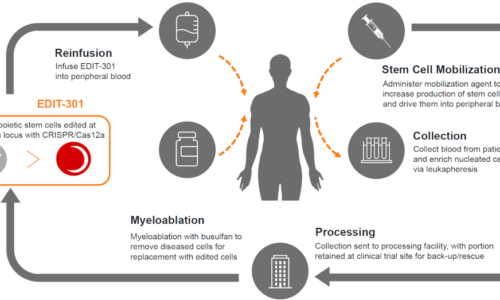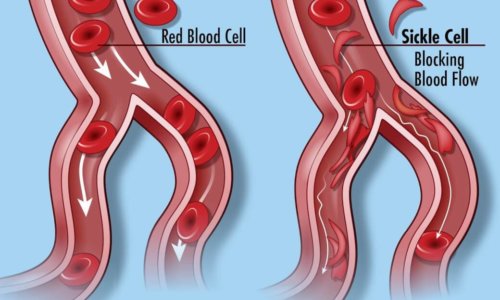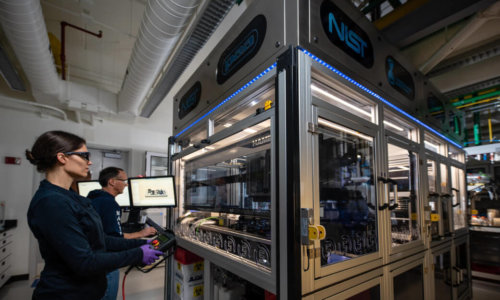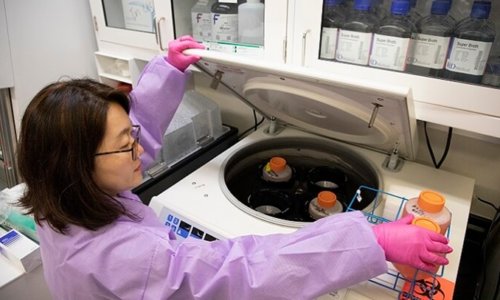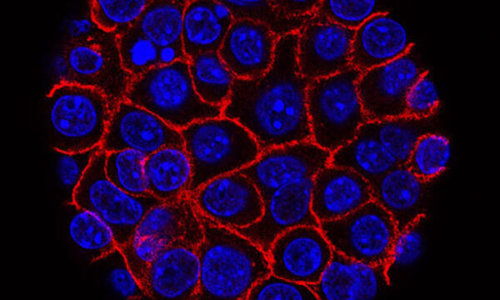Researchers Generate Complete Human X Chromosome Sequence
Since sequencing the first whole human genome in 2003, scientists have failed to identify small gaps scattered among the 23 pairs of chromosomes. Sometimes called dark genes, these genes have limited scientific understanding of genetics. Short-read sequencers make errors interpreting dark genes because they contain long, highly repetitive stretches of DNA that produce errors during … Read more


